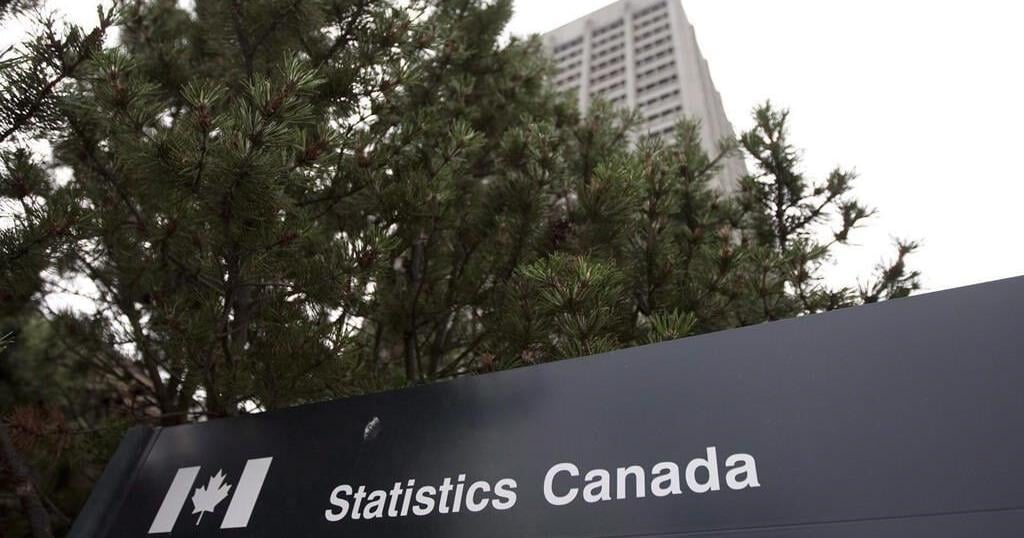Deloitte Canada expects economic growth to pick up next year as it forecasts the Bank of Canada to cut its key interest rate below three per cent by mid-2025.
In the company’s fall economic outlook released Thursday, it forecasts the central bank’s interest rate will fall to 3.75 per cent by the end of this year and a neutral rate of 2.75 per cent by mid next year.
Meanwhile, it expects the economy to grow moderately as softer labour market conditions persist, especially as many homeowners have yet to face higher rates when they refinance their loans.
“We do think that we’re going to be in for a decent year next year,” said Dawn Desjardins, chief economist at Deloitte Canada.
It appears Canada will successfully skirt a recession despite the impact of higher borrowing costs on the economy, said Desjardins.
“It’s hard to argue that the economy is just skating through this period of higher interest rates. But having said that, the overall numbers themselves continue to show the economy is expanding,” she said.
“Yes, the labour market has softened, but I don’t think we’re in any kind of crisis in the labour market at this time.”
The Bank of Canada has cut its benchmark rate three times so far this year as inflation has eased, and signalled more cuts are coming.
Inflation in Canada hit the central bank’s two per cent target in August, falling from 2.5 in July to reach its lowest level since February 2021.
However, higher rates have weighed on economic growth and the labour market.
Deloitte’s predicted 2.75 per cent neutral rate — the rate at which the central bank’s monetary policy is neither stimulating nor holding back the economy — is higher than where interest rates were hovering in the years before the COVID-19 pandemic.
Desjardins said the forecast aligns with the central bank’s own projections. There are a number of factors on the horizon that may pose increased risk to inflation, she said, such as climate change.
“These are costly things that we’re going to have to deal with and will be embedded in prices. So that’s sort of how we get to this 2.75 (per cent).”
The report says the global backdrop continues to be challenging, with no clear ends to the wars in Ukraine and the Middle East, growing trade frictions and an uncertain impact of the U.S. election on policy.
Consumers and businesses alike are still facing a lot of uncertainty, said Desjardins.
The heightened uncertainty, including from the looming U.S. election in November, makes businesses reticent to invest, she said, but added more clarity should come in the new year.
“We’ll see inflation coming down and interest rates coming down. So those are two powerful factors that will support an improvement in confidence both from the consumer side as well as the business side as we go through next year,” she said.
In its report, Deloitte said it’s still optimistic about Canada’s economy next year.
“Lower rates will ease the burden on the highly indebted household sector sufficiently to support a pickup in spending and a housing market recovery,” it said in the report. “After two years of subpar growth, we look for the economy to hit its stride in 2025.”
Deloitte said despite the easing of overall inflation, shelter prices — especially rent — “remain too high for comfort.” However, it also said interest rate cuts are expected to “rejuvenate construction activity,” with home-building activity set to rise throughout 2025.
While rate cuts should help stimulate the housing market, Deloitte said it expects the recovery to be modest amid poor affordability.
Desjardins said without a significant boost to housing supply, the affordability issue is unlikely to subside.
“We know that Canada has a pretty significant supply deficit on the housing side,” she said.
“The housing cannot be created overnight.”
However, she also doesn’t see house prices significantly increasing.
“I think we’re going to see some easing up on demand from new Canadians as we move forward. So that might give a little bit of a relief,” she said.
This report by The Canadian Press was first published Sept. 26, 2024.
